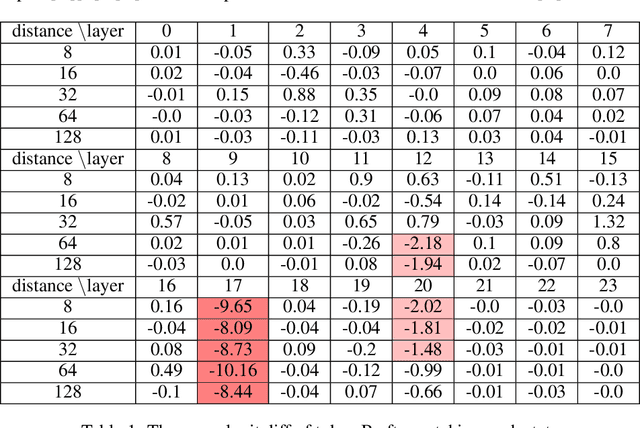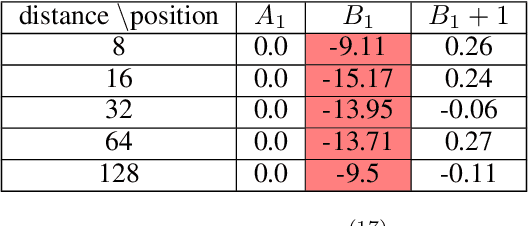Wentao Shu
Llama Scope: Extracting Millions of Features from Llama-3.1-8B with Sparse Autoencoders
Oct 27, 2024



Abstract:Sparse Autoencoders (SAEs) have emerged as a powerful unsupervised method for extracting sparse representations from language models, yet scalable training remains a significant challenge. We introduce a suite of 256 SAEs, trained on each layer and sublayer of the Llama-3.1-8B-Base model, with 32K and 128K features. Modifications to a state-of-the-art SAE variant, Top-K SAEs, are evaluated across multiple dimensions. In particular, we assess the generalizability of SAEs trained on base models to longer contexts and fine-tuned models. Additionally, we analyze the geometry of learned SAE latents, confirming that \emph{feature splitting} enables the discovery of new features. The Llama Scope SAE checkpoints are publicly available at~\url{https://huggingface.co/fnlp/Llama-Scope}, alongside our scalable training, interpretation, and visualization tools at \url{https://github.com/OpenMOSS/Language-Model-SAEs}. These contributions aim to advance the open-source Sparse Autoencoder ecosystem and support mechanistic interpretability research by reducing the need for redundant SAE training.
Towards Universality: Studying Mechanistic Similarity Across Language Model Architectures
Oct 10, 2024



Abstract:The hypothesis of Universality in interpretability suggests that different neural networks may converge to implement similar algorithms on similar tasks. In this work, we investigate two mainstream architectures for language modeling, namely Transformers and Mambas, to explore the extent of their mechanistic similarity. We propose to use Sparse Autoencoders (SAEs) to isolate interpretable features from these models and show that most features are similar in these two models. We also validate the correlation between feature similarity and Universality. We then delve into the circuit-level analysis of Mamba models and find that the induction circuits in Mamba are structurally analogous to those in Transformers. We also identify a nuanced difference we call \emph{Off-by-One motif}: The information of one token is written into the SSM state in its next position. Whilst interaction between tokens in Transformers does not exhibit such trend.
Automatically Identifying Local and Global Circuits with Linear Computation Graphs
May 22, 2024Abstract:Circuit analysis of any certain model behavior is a central task in mechanistic interpretability. We introduce our circuit discovery pipeline with sparse autoencoders (SAEs) and a variant called skip SAEs. With these two modules inserted into the model, the model's computation graph with respect to OV and MLP circuits becomes strictly linear. Our methods do not require linear approximation to compute the causal effect of each node. This fine-grained graph enables identifying both end-to-end and local circuits accounting for either logits or intermediate features. We can scalably apply this pipeline with a technique called Hierarchical Attribution. We analyze three kind of circuits in GPT2-Small, namely bracket, induction and Indirect Object Identification circuits. Our results reveal new findings underlying existing discoveries.
 Add to Chrome
Add to Chrome Add to Firefox
Add to Firefox Add to Edge
Add to Edge